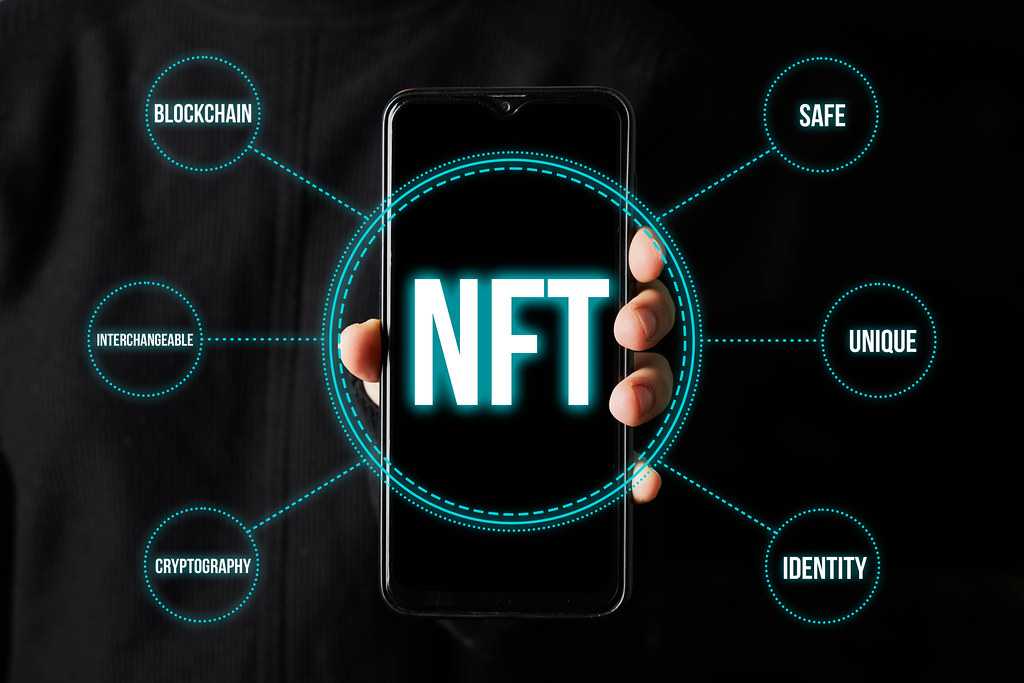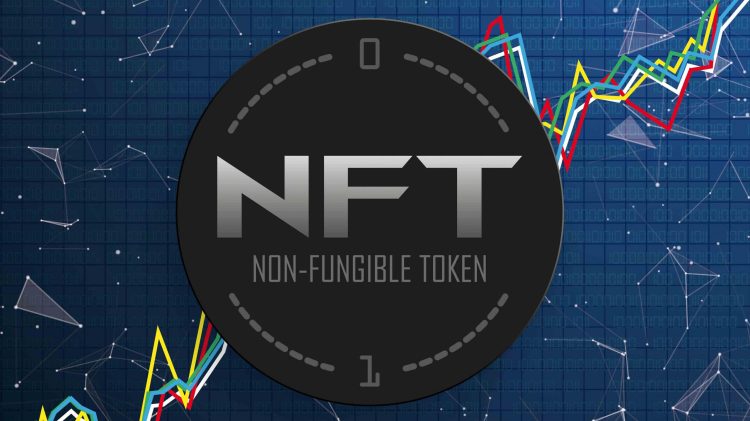1. Introduction
The rise of Non-Fungible Tokens (NFTs) has ushered in a new era of digital ownership, transforming how we value, trade, and interact with digital assets. From digital art and music to virtual real estate and in-game items, NFTs have introduced a framework for unique, verifiable ownership of digital content on the blockchain. But beyond the hype of million-dollar JPEGs lies a deeper trend: the evolution of digital assets across industries.
As the NFT market matures, it is driving innovation in how digital assets are created, monetized, exchanged, and integrated into both virtual and real-world economies. In this article, we explore the key trends shaping the future of digital assets in the age of NFTs.
2. Expansion Beyond Art: NFTs as Utility Assets
Trend: From Collectibles to Functionality
While digital art and collectibles dominated the early NFT wave, the market is now shifting toward utility-based NFTs—tokens that provide access, rewards, or functionality in various ecosystems.
- Gaming: NFTs are increasingly used to represent in-game assets like weapons, characters, or skins that players can trade or use across multiple platforms (e.g., Axie Infinity, The Sandbox).
- Membership & Access: NFT passes now grant exclusive access to online communities, VIP events, or premium services (e.g., Bored Ape Yacht Club).
- Loyalty & Rewards: Brands are experimenting with NFT-based loyalty programs that reward users for engagement or purchases.
Impact: Digital assets are evolving into programmable tools that extend beyond aesthetics into real utility, building bridges between brands, creators, and communities.
3. Digital Identity and Ownership
Trend: NFTs as the Core of Personal Digital Identity
As Web3 grows, NFTs are playing a key role in digital identity. These tokens can represent everything from usernames and avatars to academic credentials, work portfolios, and medical records.
- Decentralized Identity (DID): NFTs can store verified identity credentials, empowering users with full control over how and when they share their information.
- Metaverse Avatars: Users can create consistent digital personas across different virtual worlds using NFT-based avatars and traits.
Impact: This paves the way for a user-centric internet, where digital assets are tied to real people—not platforms—leading to new social, economic, and governance models.
4. Asset Tokenization and Real-World Integration
Trend: Bridging Physical and Digital Assets
The NFT boom has fueled interest in tokenizing physical assets, enabling fractional ownership, easier transfer, and increased liquidity of real-world items.
- Real Estate: NFTs can represent ownership deeds or shares in physical property, simplifying transfers and reducing fraud.
- Luxury Goods & Fashion: High-end brands are minting NFTs that link to physical items, enabling authentication and tracking (e.g., Louis Vuitton, Gucci).
- Collectibles & Memorabilia: Physical goods like sports memorabilia or watches are being paired with NFTs to verify authenticity.
Impact: The line between physical and digital is blurring, with NFTs acting as a digital twin of real-world assets, unlocking new investment and consumer experiences.
5. Creator Economy and Intellectual Property
Trend: Empowering Creators with Direct Ownership and Royalties
NFTs offer a breakthrough in how creators monetize content. Artists, musicians, writers, and influencers can now sell directly to their audience, bypassing traditional intermediaries.
- Royalties on Resales: Smart contracts enable creators to earn a percentage every time their NFT is resold on secondary markets.
- Collaborative IP Models: NFTs allow fans to co-own parts of creative projects, sharing in profits or decision-making (e.g., music NFTs with revenue-sharing).
Impact: The creator economy becomes more democratized and sustainable, as ownership and control shift from corporations to individuals and communities.
6. Financialization of NFTs
Trend: NFTs as Financial Instruments
The next wave of NFT innovation involves turning these assets into financial products, opening up new use cases in decentralized finance (DeFi).
- NFT Lending & Collateral: Platforms now allow users to borrow against valuable NFTs as collateral, unlocking liquidity without selling.
- NFT Indexes & Derivatives: Investment funds are packaging NFT portfolios into tradable products, while options and futures markets are emerging.
- Staking & Yield Generation: Certain NFTs can be staked to earn rewards or governance rights in protocols.
Impact: NFTs are evolving from collectibles into income-generating, tradeable financial assets, expanding their role in the digital economy.
7. Interoperability and Cross-Platform Portability
Trend: NFTs as Cross-Ecosystem Assets
The growing ecosystem of NFTs is driving demand for interoperability—the ability to move assets seamlessly across games, platforms, and metaverses.
- Cross-Chain Compatibility: Tools like LayerZero and Wormhole enable NFTs to be transferred between blockchains like Ethereum, Solana, and Polygon.
- Metaverse Integration: Users expect NFTs to work in multiple virtual environments, fueling development of open standards and platforms.
Impact: NFTs are becoming passport-like assets, enabling users to carry their identity, reputation, and belongings across digital spaces.

8. Sustainability and Eco-Friendly Innovation
Trend: Green NFTs and Energy Efficiency
Amid criticism of energy-intensive blockchain operations, the NFT industry is embracing sustainable innovation.
- Proof-of-Stake (PoS): Ethereum’s shift to PoS significantly reduced energy consumption, encouraging more NFT activity on eco-friendly chains.
- Carbon Offset NFTs: Some projects are creating NFTs that represent carbon credits, promoting environmental responsibility.
Impact: Eco-conscious platforms and creators are shaping a greener NFT future, which is key to long-term mainstream acceptance.
9. Regulation and Legal Recognition
Trend: Institutionalization and Compliance
As the NFT market matures, regulatory clarity and legal frameworks are becoming crucial to ensure security, trust, and mainstream adoption.
- Legal Ownership Rights: Governments and courts are beginning to recognize NFTs as legal property, paving the way for enforceable rights.
- Taxation and Reporting: NFT earnings and transactions are increasingly subject to tax regulations in various jurisdictions.
- Compliance Platforms: Tools are emerging to ensure NFTs adhere to KYC, AML, and intellectual property laws.
Impact: Regulation will help NFTs move from the fringe into institutional finance, commerce, and public infrastructure, while protecting consumers.
10. Cultural and Social Transformation
Trend: Redefining Community, Status, and Creativity
NFTs are not just economic tools—they’re cultural artifacts that shape online communities and social identities.
- Digital Collectivism: NFT holders often form tight-knit communities with shared goals, projects, and ideologies (e.g., DAOs, social tokens).
- Status Symbols: Certain NFT collections (like CryptoPunks or Bored Apes) have become digital status symbols, shaping digital fashion and identity.
- Immersive Storytelling: NFT-based media projects combine art, narrative, and interaction in ways traditional media cannot.
Impact: NFTs are redefining how we express ourselves, build communities, and create meaning in the digital age.
11. Conclusion
The NFT market is not a passing trend—it is the tip of a broader evolution in how digital assets are owned, exchanged, and experienced. As the market matures, we will see NFTs increasingly integrated into core industries, from finance and fashion to entertainment and education.
This evolution will create a more inclusive, creative, and programmable economy, where digital ownership is real, valuable, and widely accessible. Businesses, creators, and individuals who understand and adapt to this shift will be well-positioned in the emerging world of Web3 and beyond.
















































